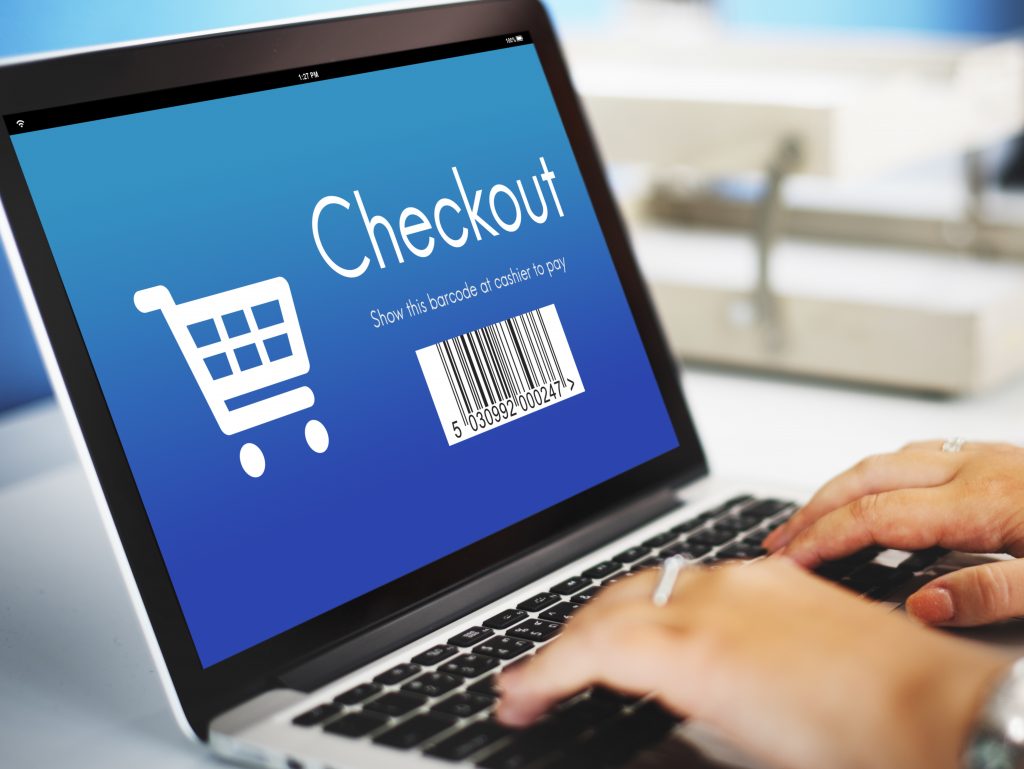Ecommerce has made shopping quick and easy, while also giving consumers numerous options at their fingertips when making a purchase. It’s clear to see that because of these factors, ecommerce has become the first and sometimes only stop for many customers. In fact, eMarketer estimates that ecommerce sales in the US alone will reach $933 billion this year.
While ecommerce has become the de facto choice for many shoppers, there are still several considerations merchants must pay close attention to if they want to attract customers, convert them to buyers, and have them return – most of which is impacted by the checkout experience. An ideal checkout flow is seamless for the end customer, which means that the four main pieces of checkout – items, payment, shipping, and tax – must be right on every transaction or else merchants risk losing sales at checkout, and suffering damage to their brand.
There are any number of reasons why a customer abandons a purchase at checkout. Perhaps their preferred payment type wasn’t readily available, or the experience appeared to be putting their personal information at cyber risk. While merchants are often quick to address common triggers for cart abandonment, like payment options and security, many misconstrue the impact tax can have on checkout as simply regulatory risk.
The many ways tax can impact the checkout process
Tax exists on every transaction in some way – even when it is exempt from being charged. And, while merchants must collect and pay the tax to authorities or risk regulatory penalties, there are many other ways tax can impact checkout totals and the customer experience. From accurate tax rates and product taxability to tax exemptions and international taxes, getting the tax piece right is essential to seamless checkout experiences.
Thanks to legislation known as economic nexus laws, merchants that sell to customers in other states must collect and pay sales tax based on the tax rates and rules in the customer’s physical location. With more than 13,000 different sales tax jurisdictions in the US, many of them overlapping, calculating the correct tax on sales all over the country is monumentally more difficult than many sellers expect. Not to mention, tax rates and rules are constantly changing, making tax calculations a moving target.
Similarly, product taxability rules vary by location and are subject to change. For example, in California, fruit sold in vending machines is taxable, while fruit sold at grocery stores is exempt. Taxability also has an impact on delivery or shipping charges, and rules around delivery and shipping tax vary by jurisdiction and product definitions.
Selling internationally presents an additional host of tax considerations for merchants. When selling across borders, import taxes and custom duties must be factored into the total cost, which can be challenging with different rules by country and varying tax types.
Even sales without any tax applied can impact checkout. Merchants should be able to identify when tax should not be collected and instead collect exemption certificates for exempt sales. If tax is collected in error at checkout, it can lead to poor customer experience, and, thanks to social media, the potential for farther-reaching brand implications.
Ultimately, the overarching impact tax has at checkout is on the total costs presented to customers. This includes the payment itself, but also shipping and delivery costs. Even though tax rates and rules are inherently complex, there are ways merchants can manage tax to ensure payments shake out correctly.
The best practices for getting tax right at checkout
Getting tax right hinges on several things, including location, rates, and taxability. To get each of these pieces correct on every transaction, there are a few best practices merchants can follow:
- Understand tax rates, rules, and taxability by jurisdiction – Tax calculations hinge on the content powering the real-time decisions made at the time of payment. Having access to up-to-date tax information is essential in getting determinations correct.
- Have pinpoint accuracy on location – Sales tax can be one rate on one side of the street and completely different on the other. Because tax determinations rely heavily on the location of customers, clarity around their location can improve accuracy.
At the end of the day, several determinations and calculations must happen in a split second to make payment at checkout possible. The many factors influencing tax determinations make it the most complex piece of the checkout process. By understanding the nuances of tax and using the content and technology necessary to get tax calculations as accurate as possible, merchants can perfect the checkout process and make positive customer experiences happen day-in and day-out.

